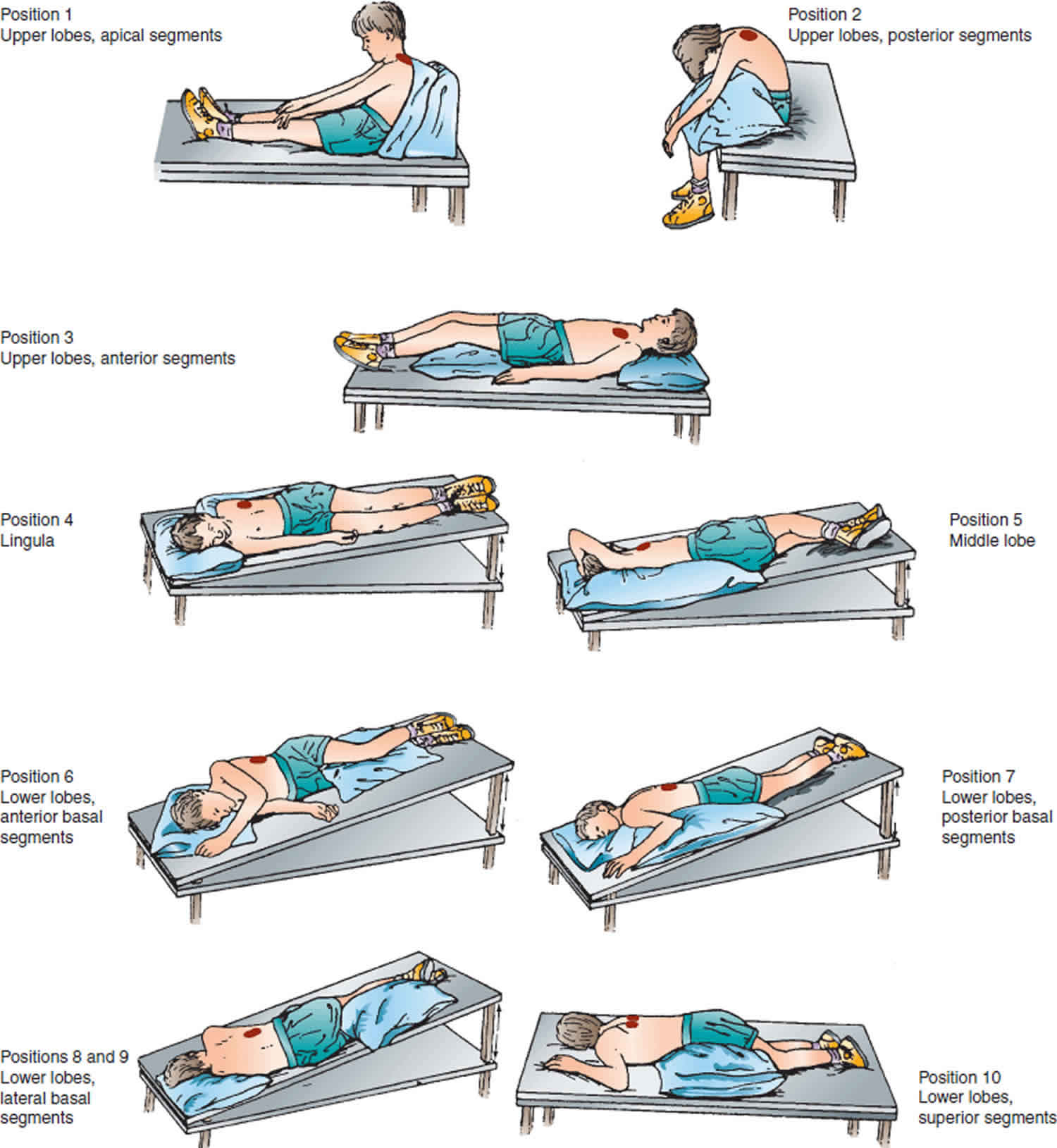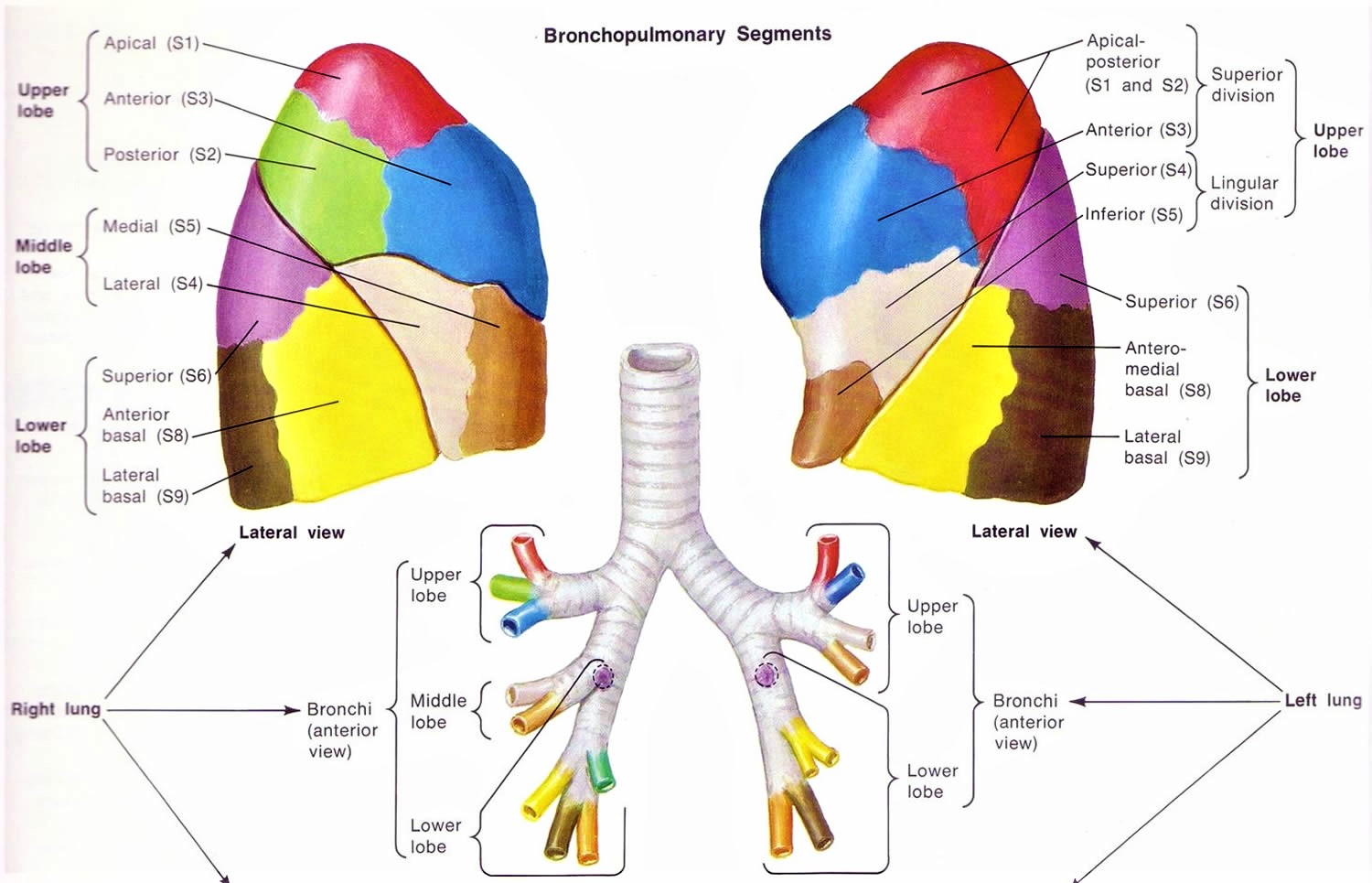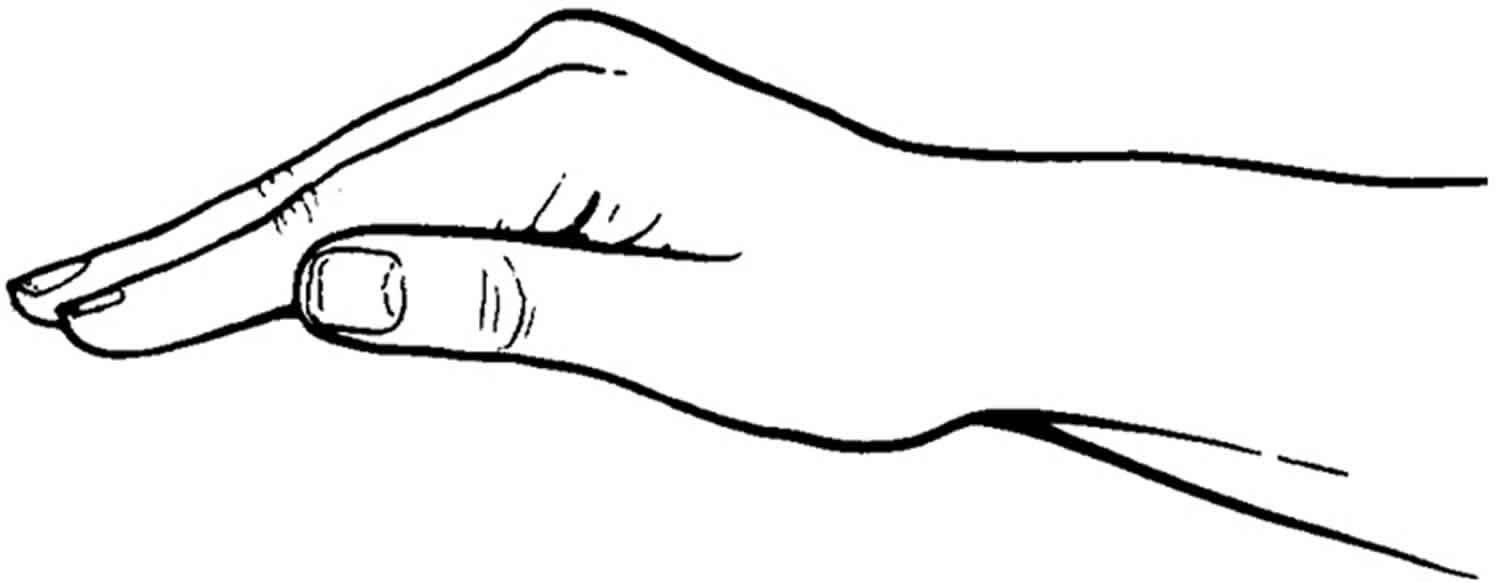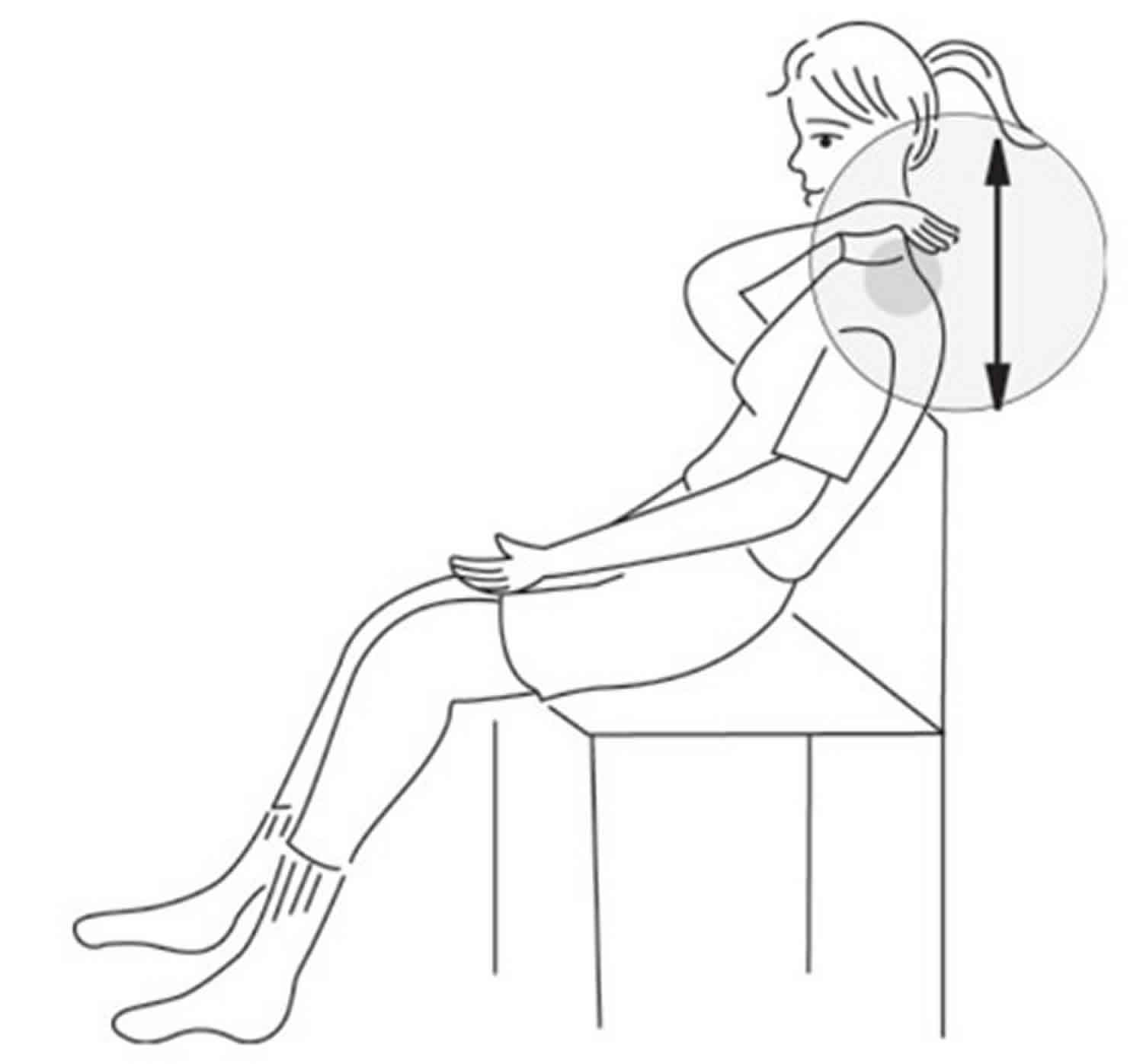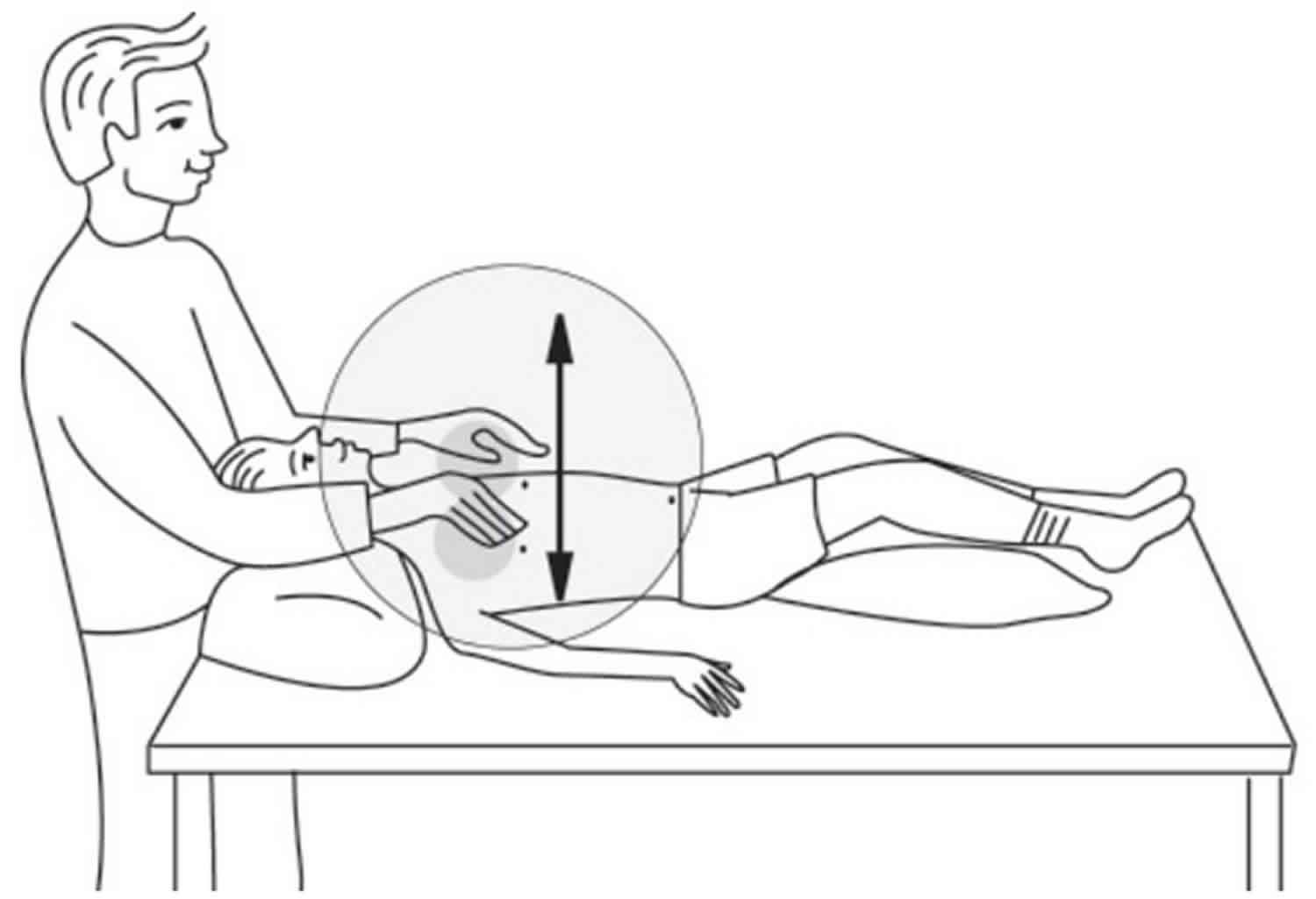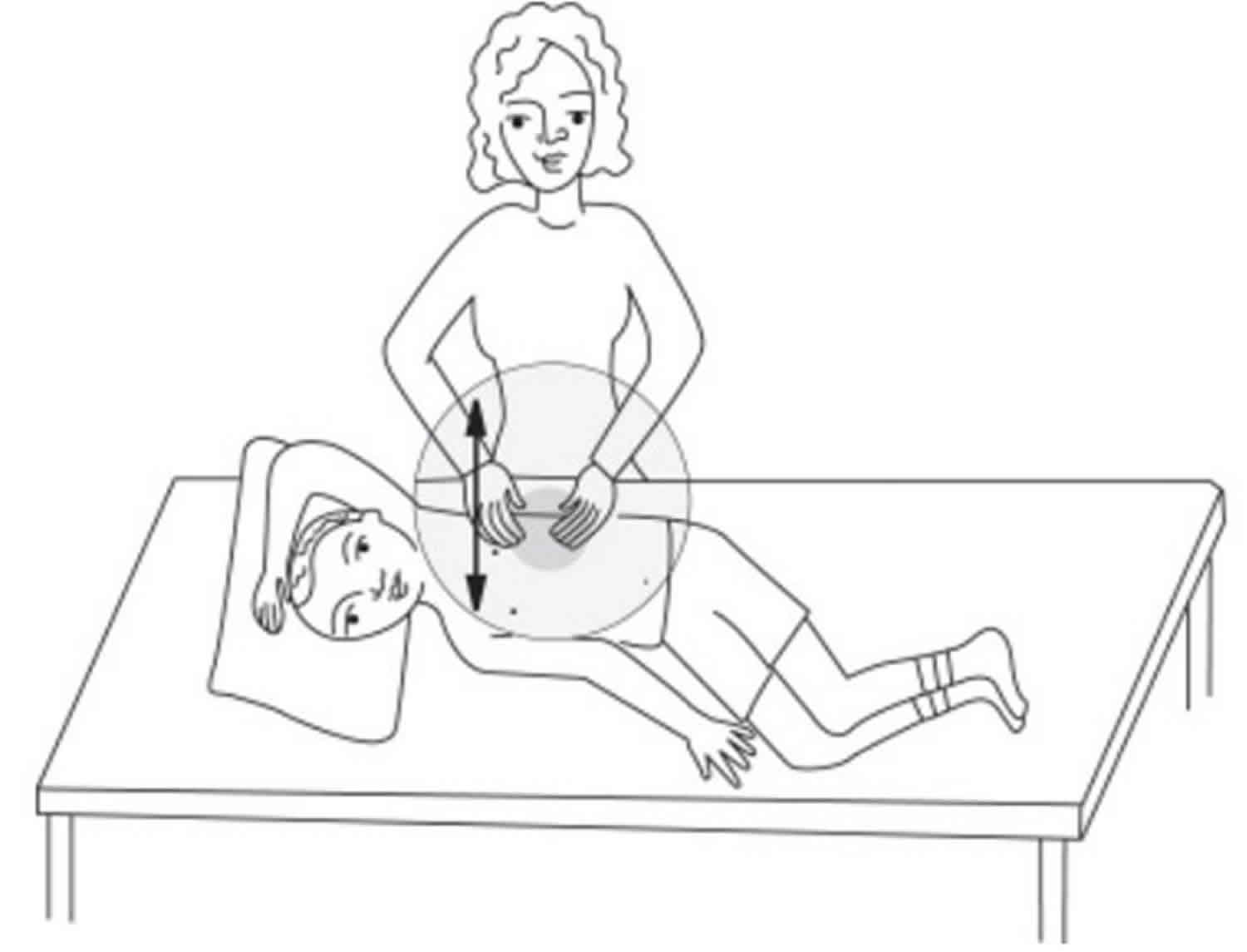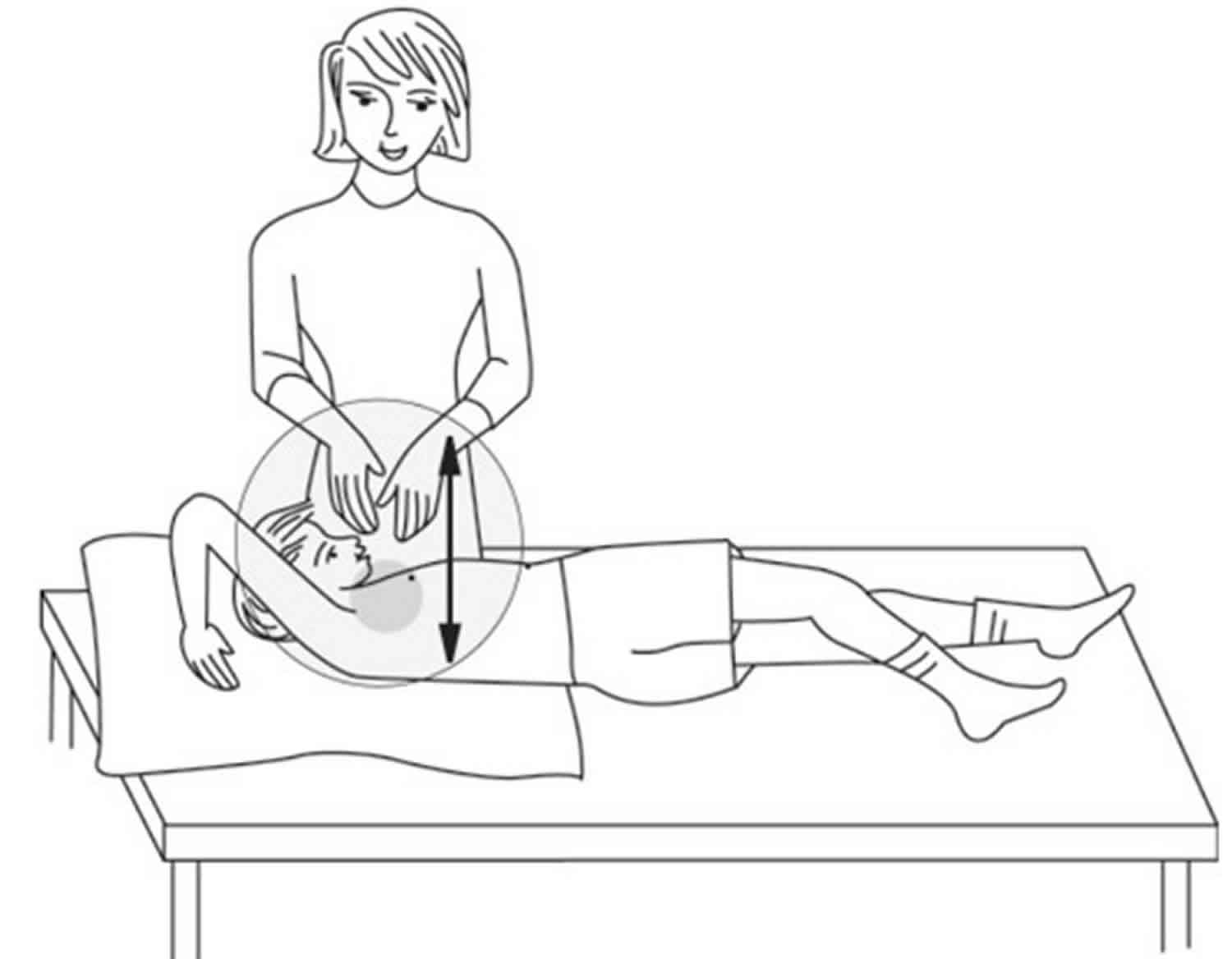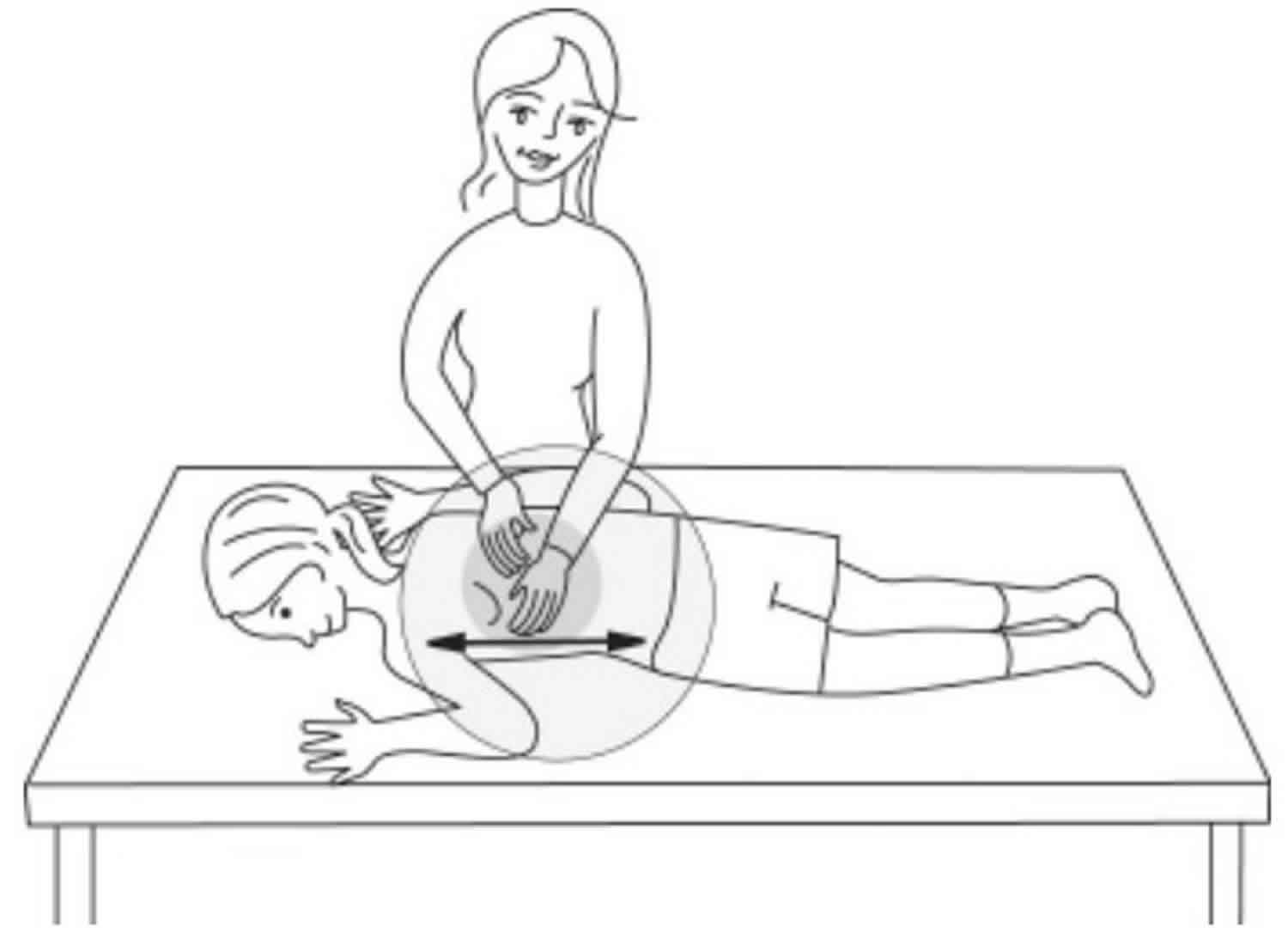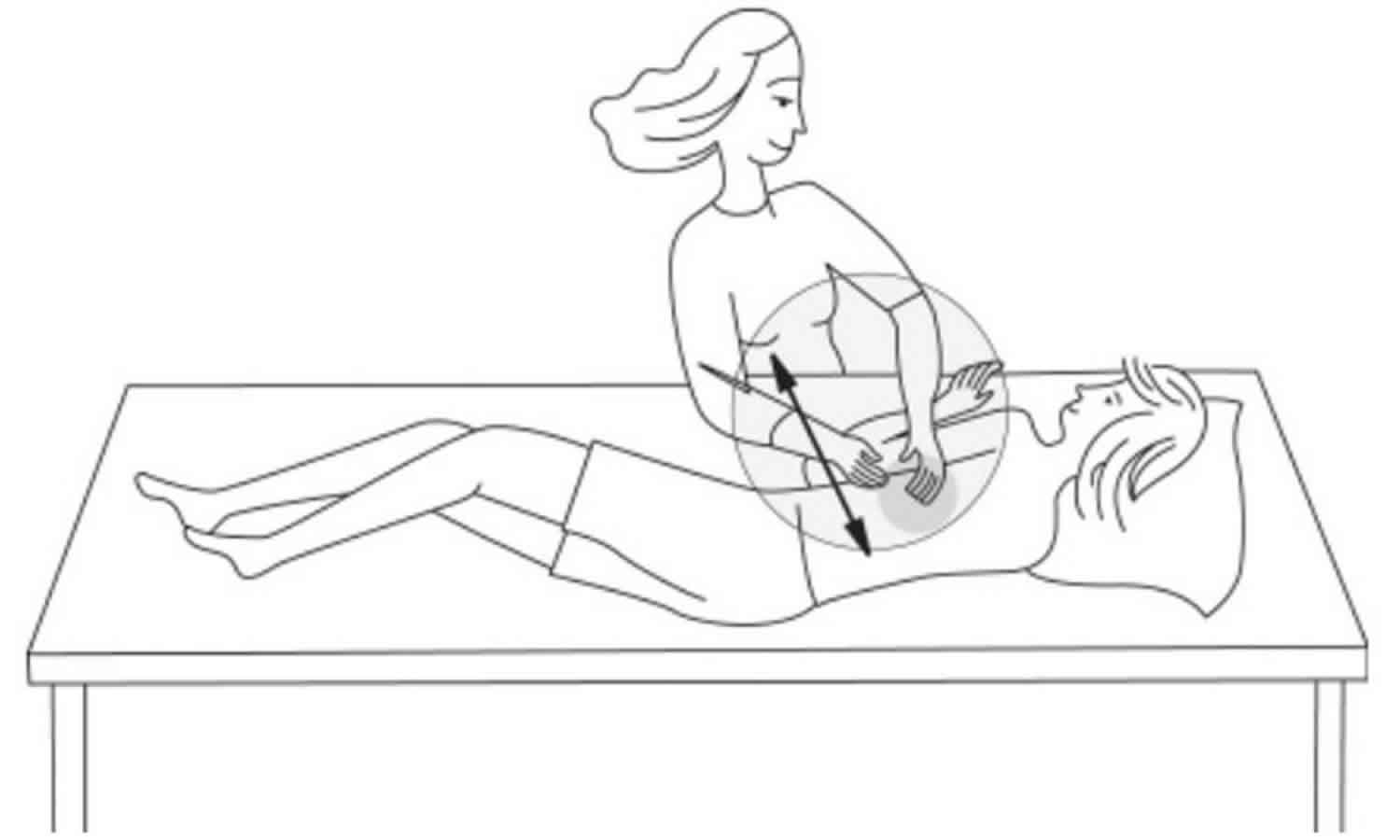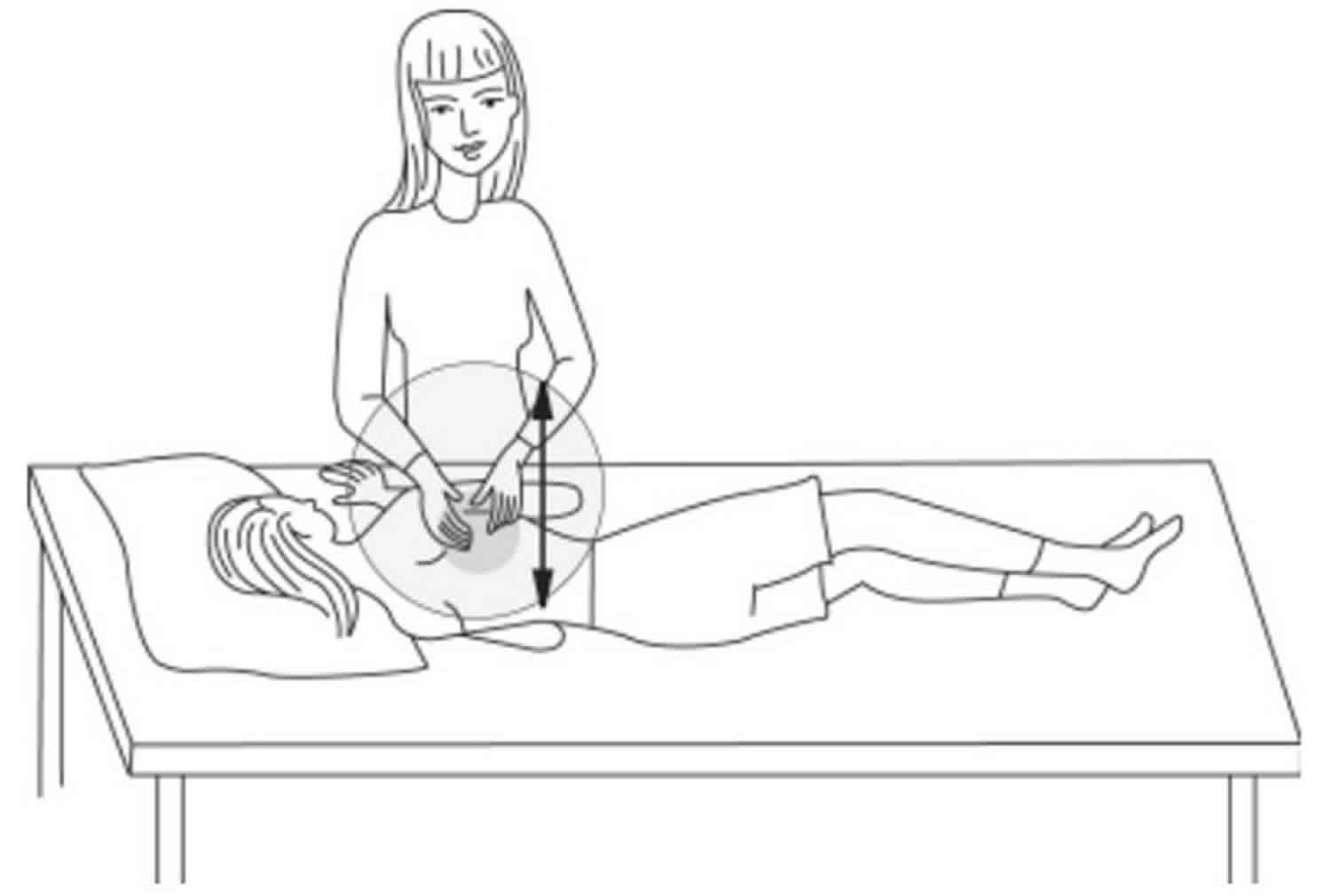Contents
What is postural drainage
Postural drainage is done by positioning your body so that your head is lower than your chest. This allows mucus to drain better from the bottom of your lungs. Postural drainage is one way to help treat breathing problems due to swelling and too much mucus in the airways of the lungs. Chest physical therapy or postural drainage and percussion, uses gravity and percussion (clapping on the chest and/or back) to loosen the thick, sticky mucus in the lungs so it can be removed by coughing. Unclogging the airways is key to keeping your lungs healthy.
For the child with cystic fibrosis, postural drainage and percussion (clapping on the chest and/or back) can be done by physical therapists, respiratory therapists, nurses, parents, siblings and even friends. People with cystic fibrosis sometimes use other types of treatments, such as inhaled bronchodilators and antibiotics to keep their lungs healthy. If ordered, bronchodilators should be taken before postural drainage and percussion to open the airways, and inhaled antibiotics should be taken after postural drainage and percussion so that the medicine gets to the infection better. Your doctor or therapist will help you figure out a routine that will work best for you or your child.
Postural drainage treatments
The best time to do postural drainage is either before a meal or an hour and a half after a meal, when your stomach is emptiest.
Use one of the following positions:
- Sitting
- Lying on your back, stomach, or side
- Sitting or lying with your head flat, up, or down
Stay in the position for as long as your provider instructed (at least 5 minutes). Wear comfortable clothes and use pillows to get as comfortable as possible. Repeat the position as often as instructed.
Breathe in slowly through your nose, and then out through your mouth. Breathing out should take about twice as long as breathing in.
Postural drainage positions
There are 6 to 12 positions a person with pulmonary disease may take to drain mucus from a certain part of the lungs. Another person may tap in certain areas to help loosen the mucus and allow it to be coughed out. Other ways to relieve the lung congestion of cystic fibrosis or bronchiectasis include percussion vests and inhaled aerosols.
With postural drainage, you get into a position that helps drain fluid out of your lungs. It may help:
- Treat or prevent an infection
- Make breathing easier
- Prevent more problems with the lungs
A respiratory therapist, nurse, or doctor will show you the best position for postural drainage.
Postural drainage and percussion
Your doctor or chest physical therapist may also recommend doing percussion or vibration.
Percussion helps break up thick fluids in your lungs. Either you or someone else claps a hand on your ribs while you are lying down. You can do this with or without clothing on your chest:
- Form a cup shape with your hand and wrist.
- Clap your hand and wrist against your chest (or have someone clap your back, if your doctor tells you to).
- You should hear a hollow or popping sound, not a slapping sound.
- DO NOT clap so hard that it hurts.
Vibration is like percussion, but with a flat hand that gently shakes your ribs.
- Take a deep breath, then blow out hard.
- With a flat hand, gently shake your ribs.
Your doctor or chest physical therapist will show you how to do this the right way.
Do percussion or vibration for 5 to 7 minutes in each area of the chest. Do this on all of the areas of your chest or back that your doctor tells you to. When you finish, take a deep breath and cough. This helps bring up any phlegm, which you can then spit out.
Purchasing equipment
Equipment such as drainage tables, electrical and nonelectrical palm percussors and vibrators may be helpful. These can be purchased from medical equipment stores. Older children and adults may find percussors useful when doing their own postural drainage and percussion. Talk to your doctor or therapist at your cystic fibrosis care center about equipment for postural drainage and percussion.
Many families find it helpful to use pillows, sofa cushions, bundles of newspapers under pillows for support, cribs with adjustable mattress heights/tilts, foam wedges or bean bag chairs while doing postural drainage and percussion. Infants can be positioned with or without pillows in the caregiver’s lap.
Postural drainage techniques
Postural drainage and percussion is easy to do. For a child with cystic fibrosis, postural drainage & P can be done by anyone, such as parents, siblings and even friends. It can also be done by the physical therapists, respiratory therapists or nurses during care center visits or in the hospital.
People with cystic fibrosis sometimes use other types of treatments, such as inhaled bronchodilators and antibiotics to keep their lungs healthy. If ordered, bronchodilators should be taken before postural drainage & P to open the airways, and inhaled antibiotics should be taken after postural drainage & P so that the medicine gets deep into the lungs to better fight off infections. Your care team will help you figure out a routine that will work best for you or your child
Lungs anatomy
Learning more about the respiratory system and its relationship to other organs in the body can help you to understand why postural drainage and percussion treatments are effective.
The goal of postural drainage and percussion is to clear mucus from each of the five lobes of the lungs by moving mucus into the larger airways so that it can be coughed out. The right lung is composed of three lobes: the upper lobe, the middle lobe and the lower lobe. The left lung is made up of only two lobes: the upper lobe and the lower lobe.
The lobes are divided into smaller sections called segments. The upper lobes on the left and right sides are each made up of three segments: top (apical), back (posterior) and front (anterior).
Segments of lobes are made up of a network of airways, air sacs and blood vessels. These sacs allow for the exchange of oxygen and carbon dioxide between the blood and air. During postural drainage and percussion, it is these segments that are being drained.
Note the position of each lung segment in Figure 1 below.
Figure 1. Lung segments
Description of postural drainage techniques
Postural drainage uses gravity to help move mucus from the lungs up to the throat. The person lies or sits in various positions so the part of the lung to be drained is as high as possible. That part of the lung is then drained using percussion, vibration and gravity. Your cystic fibrosis care team may tailor these positions to your or your child’s needs.
Percussion or clapping by the caregiver on the chest wall over the part of the lung to be drained helps move the mucus into the larger airways. The hand is cupped as if to hold water but with the palm facing down (as shown in Figure 2 below). The cupped hand curves to the chest wall and traps a cushion of air to soften the clapping.
Percussion is done forcefully and with a steady beat. Each percussion also should have a hollow sound. Most of the movement is in the wrist with the arm relaxed, making percussion less tiring to do. If the hand is cupped properly, percussion should not be painful or sting.
Special attention must be taken to not clap over the spine, breastbone, stomach and lower ribs or back to prevent injury to the spleen on the left, the liver on the right and the kidneys in the lower back.
Different devices may be used in place of the traditional cupped palm method for percussion. Ask your doctor or therapist for which one may work best for you.
Figure 2. Percussion hand technique
Vibration gently shakes the mucus into the larger airways. The caregiver places a hand firmly on the chest wall over the part of the lung being drained and tenses the muscles of the arm and shoulder to create a fine shaking motion. Then, the caregiver applies a light pressure over the area being vibrated. (The caregiver also may place one hand over the other, then press the top and bottom hand into each other to vibrate.)
Vibration is done with the flattened hand, not the cupped hand (see Figure 3 below). Exhalation should be as slow and as complete as possible.
Figure 3. Vibration hand technique
Deep breathing moves the loosened mucus and may lead to coughing. Breathing with the diaphragm, belly breathing or lower chest breathing is used to help the person take deeper breaths and get the air into the lower lungs. The belly moves outward when the person breathes in and sinks in when he or she breathes out. Your respiratory or physical therapist on your cystic fibrosis care team can help you learn more about this type of breathing.
Performing postural drainage and percussion
Postural drainage and percussion involves a combination of techniques, including multiple positions to drain the lungs, percussion, vibration, deep breathing and coughing.
When the person with cystic fibrosis is in one of the positions, the caregiver can clap on the person’s chest wall. This is usually done for three to five minutes and is sometimes followed by vibration over the same area for approximately 15 seconds (or during five exhalations). The person is then encouraged to cough or huff forcefully to get the mucus out of the lungs.
Timing of postural drainage and percussion
Generally, each treatment session can last for 20 to 40 minutes. postural drainage and percussion is best done before meals or one and a half to two hours after eating, to decrease the chance of vomiting. Early morning and bedtimes are usually recommended. The length of postural drainage and percussion and the number of times of day it is done may need to be increased if the person is more congested or getting sick. Your CF doctor or therapist will help you know what positions, how often and how long postural drainage and percussion should be done.
Enhancing postural drainage and percussion
Both the person with cystic fibrosis and the caregiver should be comfortable during postural drainage and percussion. Before starting, the person should remove tight clothing, jewelry, buttons and zippers around the neck, chest and waist. Light, soft clothing, such as a T-shirt, may be worn. Do not do postural drainage and percussion on bare skin. The caregiver should remove rings and other bulky jewelry such as watches or bracelets. Keep a supply of tissues or a place to cough out the mucus nearby.
Doing postural drainage and percussion comfortably and carefully
The caregiver should not lean forward when doing percussion, but should remain in an upright position to protect his or her back. The table on which the person with cystic fibrosis lies should be at a comfortable height for the caregiver.
Making postural drainage and percussion more enjoyable
To enhance the quality of the time you spend doing postural drainage and percussion, do one of the following:
- Schedule postural drainage and percussion around a favorite TV show.
- Play favorite songs or recorded stories.
- Spend time playing, talking or singing before, during and after postural drainage and percussion.
- For kids, encourage blowing or coughing games during postural drainage and percussion, such as blowing pinwheels or coughing the deepest cough.
- Ask willing and capable relatives, friends, brothers and sisters to do postural drainage and percussion. This can provide a welcome break from the daily routine.
- Minimize interruptions. Finding ways that make postural drainage and percussion more enjoyable can help you keep a regular routine and get maximum health benefits.
Postural drainage procedure
The following diagrams describe the positions for postural drainage and percussion. In the diagrams, shaded areas show where the chest should be percussed or clapped.
Pillows may be used for added comfort. If the person tires easily, the order of the positions can be varied, but all areas of the chest should be percussed or clapped.
Please remember to percuss and vibrate only over the ribs. Avoid percussing and vibrating over the spine, breastbone, stomach and lower ribs or back to prevent trauma to the spleen on the left, the liver on the right and the kidneys in the lower back. Do not percuss or vibrate on bare skin.
Self-Percussion of Upper Lobes
Your child should sit upright and reach across his or her chest to clap on front of chest over the muscular area between the collarbone and the top of the shoulder blade. Repeat on the opposite site. Your child can also clap his or her own upper back if able to reach it.
Figure 4. Self-Percussion of Upper Lobes
Upper Front Chest of Upper Lobes
Have your child sit upright. Clap on both sides of the upper front chest over the muscular area between the collarbone and the top of the shoulder blade.
Figure 5. Upper Front Chest of Upper Lobes
Upper Back Chest of Upper Lobes
Have your child sit up and lean forward on a pillow over the back of a sofa or soft chair at a 30-degree angle. Stand or sit behind your child and clap both sides of the upper back. Take care not to clap on your child’s backbone.
Figure 6. Upper Back Chest of Upper Lobes
Upper Front Chest of Upper Lobes
Have your child lie on his or her back with arms to sides. Stand behind your child’s head. Clap both sides of your child’s chest between the collarbone and nipple.
Figure 7. Upper Front Chest of Upper Lobes
Left Side Front Chest
Have your child lie with left side up and raise his or her left arm overhead. Clap over the lower ribs just below the nipple area on the front side of left chest. Do not clap on your child’s stomach.
Figure 8. Left Side Front Chest
Right Side Front Chest
Have your child lie with right side up and raise his or her right arm overhead. Clap over the lower chest just below the nipple area on the front side of right chest. Do not clap your child’s lower ribcage.
Figure 9. Right Side Front Chest
Lower Back Chest of Lower Lobes
Have your child lie on his or her stomach. Clap both sides at the bottom of his or her chest just above the bottom edge of the ribcage. Do not clap the lower ribcage or over the backbone.
Figure 10. Lower Back Chest of Lower Lobes
Left Lower Side Back Chest of Lower Lobe
Have your child lie with left side up and roll toward you a quarter turn so you can reach your child’s back. Clap on the lower left side of his or her chest just above the bottom edge of the ribcage.
Figure 11. Left Lower Side Back Chest of Lower Lobe
Right Lower Side Back of Lower Lobe
Have your child lie with right side up and roll toward you a quarter turn so you can reach your child’s back. Clap on the lower right side of his or her chest just above the bottom edge of the ribcage.
Figure 12. Right Lower Side Back of Lower Lobe
